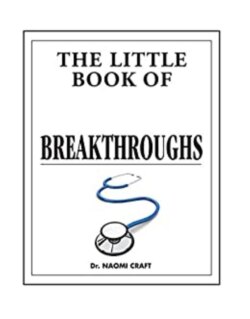Читать книгу The Little Book of Medical Breakthroughs - Dr. Naomi Craft - Страница 13
На сайте Литреса книга снята с продажи.
c. 1580 England Forceps Peter Chamberlen (1560–1631)
ОглавлениеThe forceps is a metal instrument designed to ease a prolonged labour and deliver a healthy child. Since its introduction it has saved the lives of millions of women and babies.
Although the mention of the word ‘forceps’ can strike fear into a pregnant woman, when used correctly, a forceps provides less pressure on the baby’s head than the woman’s birth canal.
The two blades of the instrument are inserted separately and cradle the baby’s head, rather like two slim hands. The blades are then locked together in that position so that there is no way they can crush the baby’s head. Then the baby is literally pulled out.
It was probably Peter Chamberlen who first used the instrument. He was the son of a French Huguenot who had fled France to escape persecution and settled in Southampton, England. Chamberlen’s success in obstetrics led to his appointment as physician to King James I (1566–1625) of England (also James VI of Scotland) and his wife, Anne of Denmark (1574–1619).
However, when it was first introduced the forceps was kept a secret. Apparently when called to a birth, Chamberlen would hide the instrument in a box so that no-one saw it.
In the 17th century, when Chamberlen first used the forceps, inexperienced midwives with little medical knowledge attended most deliveries. Gradually these midwives were replaced with accoucheurs, or ‘man-midwives’. They were doctors with some knowledge of anatomy and also some medical instruments. By 1730 accoucheurs were also beginning to use the Chamberlen forceps.
The original Chamberlen forceps were found in 1813 in a trunk in the attic of Woodham Mortimer Hall, near Maldon in Essex, home of the late Peter Chamberlen III (1601–1683), a descendant of the instrument’s inventor.
One of the best-known accoucheurs was Scottish-born William Smellie (1697– 1763), who was described as a great horse godmother of a he-midwife’ by midwife Elizabeth Nihell. Smellie was the first person to teach obstetrics and midwifery on a scientific basis. He wrote the book Midwifery, published in 1752, which provides us with the very first detailed description of the obstetric forceps; he also set down rules for how to use the forceps safely.
